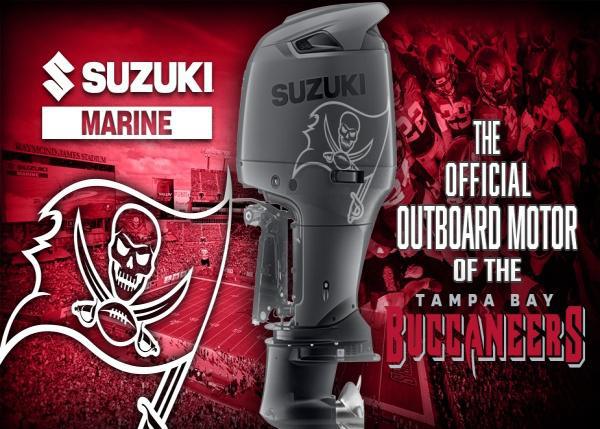We see many reels shipped or brought to our shop whose owner is complaining that the drag is slipping, but often there is nothing wrong with the drag. The issue is the line is spinning on the spool.
This may seem impossible that 150- plus yards of braided line could be spin- ning on the spool, but with an extremely smooth finish and nearly zero stretch there is no way for the braid to grab the spool — even with the best knot.
A remedy some fishermen employ is to tie the braid to the spool and then place a piece of tape over it to prevent slippage before filling the spool with line. Unfortunately, this can produce mixed results. In the shop we have seen reels on which the tape lost its grip and slipped during a hook-set.
The best practice is to use monofila- ment line as backing before filling the spool with braid. Monofilament stretches, so it will grab the spool and thus the line can’t spin. Monofilament is also much cheaper than braided line.
After filling the spool about a fourth to a third of the way with monofilament, I tie braided line to it with a double uni- knot (see illustration) which is strong and will easily go through the rod guides if needed. You can also use a blood knot.
The best way to test if the braid is spinning on the spool of your reel is to take a marker or pencil and put a mark on the exposed edge of the spool. Next tighten the drag all the way down and pull on the line. Watch the mark on the spool — if the line pulls out and the mark on the spool spins with the line, then you should check your reel’s drag and tighten it further. If the line pulls out and the mark does not move, then the line is spinning on the spool.
This can be simple to fix if you have access to a linewinder, but if you don’t a couple trees in your backyard will work, too. If the trees are spaced at least 20 feet apart, just tie your line to one and start wrapping your line around them until it’s completely off the spool. You can use trees that are closer than 20 feet but it will take a lot more wraps to unspool the line, which increases the chance of tan- gling. The goal is to make sure you take the line off in a way that it won’t tangle and become knotted.
Once you remove the line from the spool, I fill the spool partway with monofilament and attach the braid to it. I recommend using monofilament whose diameter is similar to that of the braid because it will improve knot strength between the two lines. For in- stance, for 80-pound test braid I use 20- pound test monofilament; with 100-pound test braid I use 25-pound test monofilament. The same applies for lighter lines.
When I spool line on a reel, on aver- age I try to get about 100 yards of braid on it. Any more is only a waste in most musky fishing applications. As an exam- ple, a Shimano Tranx 400 will take about 35 yards of 20-pound test monofilament and still have room for 100 yards of 80-pound test braided line. Based on the size of the spool this will need to be adjusted to get similar results on your other reels.
Be mindful of your line and how it is attached to make sure it holds when you need it — like on your next hook-set.
Contact: matsreelrepair.com


